The Article
Profono Phono Amp from Blue Horizon
23rd April 2020
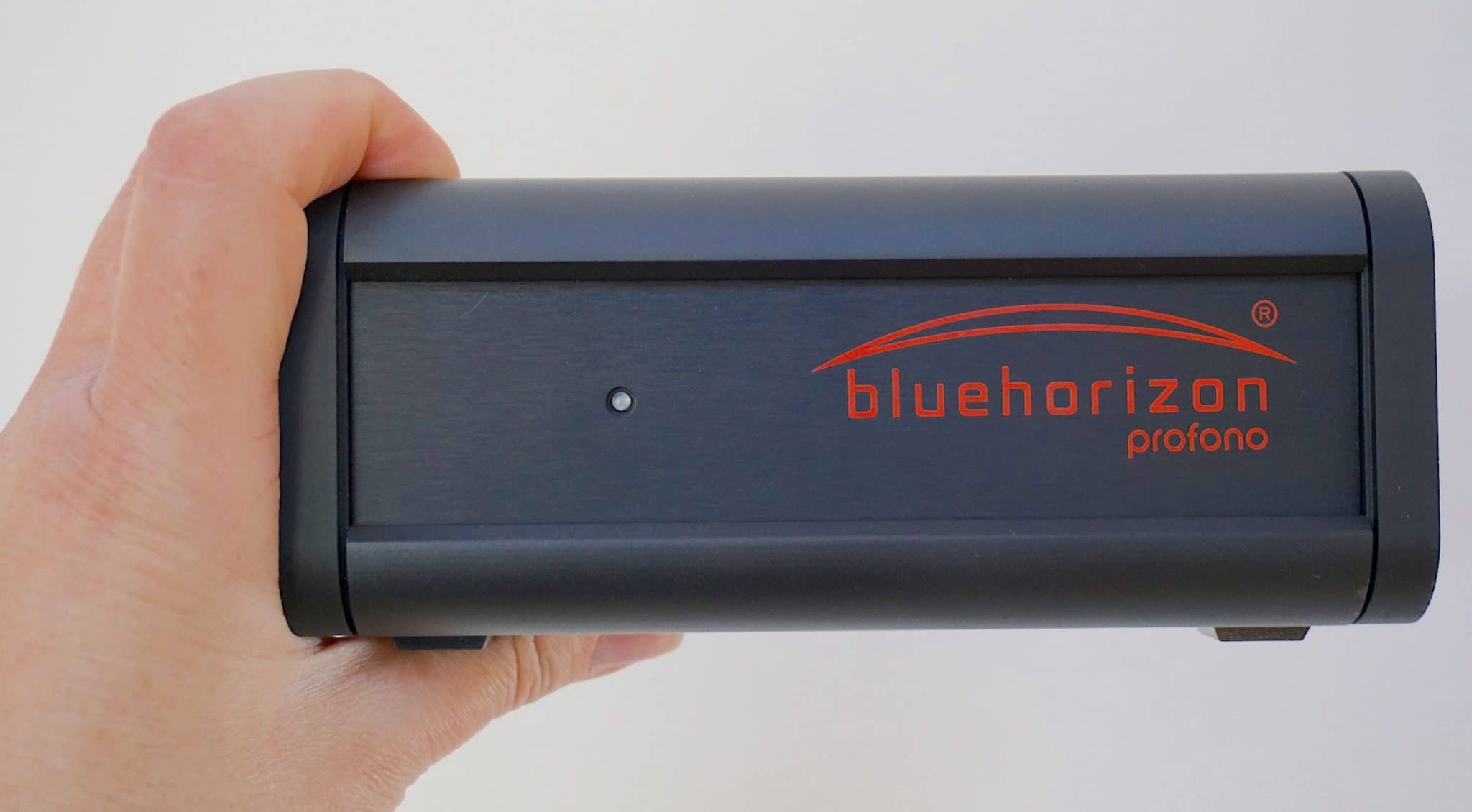
A phono amplifier offering support for both moving magnet and moving coil cartridges, Paul Rigby reviews this compact unit that utilises externally fitted shunt resistors to set cartridge impedance
Phono amplifiers are one of the most ignored and least appreciated pieces of hi-fi kit around. While users often talk to me about upgrading turntables and cartridges, the next question relates to the amplifier with the phono amplifier often left out of the conversation. I see a phono amplifier as part of the turntable, though. Why? because it offers a specialist job and that job relates to and only to the cartridge. The phono amplifier has the task of picking up the micro, tiny, itty bitty signal emanating from a stylus tip to a level that your main amplifier can then take over and finished the job. Taking all the praise like the glory hunter it really is. You try standing in front of your main amplifier and demanding that it do this duty, though and it’ll collapse in a heap and weep uncontrollably.
So no. You need a phono amp. A good phono amp will have lots of bells and whistles, ease of use and the rest but a really good design will focus on reducing the noise floor first, before all of that. Again, because it’s easy to swamp that delicate cartridge signal with noise. Then you amplify that fragile signal and you amplify the noise too. So a top quality phono amplifier gets it priorities right and tackles noise from the off. Would Blue Horizon’s Profono do just that?
Spanning 170 x 80 x 50mm and presented in an aluminium case, the chassis feels solid, tough and dense.
Before we go any further, let’s take a look at the interchangeable shunt resistors that are offered in place of impedance switching. In the supplied packaging, you’re supplied with three pairs of these things that plug into the rear of the chassis (in the red/black shaded Impedance area you can see above and below) with standard RCA terminations. Offered as dinky plugs, they replace the need for DIP switches, which is something I like. I dislike fiddling with fiddly DIP switches because they’re so darn fiddly. The three sets of the supplied Profono resistors are rated at 100, 470, 1,000 Ohms and feature a tiny sticker on the rear so you know which is which. If you don’t plug in any of these resistors, then the phono amp reverts to 47k Ohms for MM use.
If the supplied plugs don’t match the rating on your cartridge then Blue Horizon will supply custom-made resistors, absolutely free. Although you will need to register your Profono first.
I’ve always been told that DIP switches are a ‘good thing’ because they lower noise when compared to low quality switching that you might find on the chassis itself, especially on lower-cost phono amplifiers. It’s intriguing that Blue Horizon say that the noise floor can be further lowered by using this system. We will see. The only obvious down sides that I can see here are firstly, the extra room that the things demand by sticking out of the rear as they do and the possibility of losing the resistors not in use (but which might be required later). Apart from that, they were simple to install and use.
The rear of the chassis offers the usual inputs and outputs plus power switch and a switch for gain at either 41db, 50db or 61dB. An external power supply is featured. I have read about an “upgradable”, higher quality version of this. Further investigation revealed that this power supply will be created by IsoTek and will be offered around August 2020. Well, that’s the plan but who knows at the moment.
SOUND QUALITY
I began with The Four Freshmen’s A Today Kind of Thing, a four-piece vocal harmony combo backed by an orchestra and the track Byrd Avenue, a short yet lively little track.
When you listen to any hi-fi component that carries an element of noise within the sound signal, you will notice that it will apparently elevate the gain and not in a smooth way. The ear will reject the pinched and barking nature of the midrange. The reaction is to lower the gain and thus the volume on your amplifier. You think the reason is because the music is ‘loud’ but it’s the aggressive nature of the noise hitting your ears that you’re rejecting. The music isn’t ‘loud’. It’s the noise that’s ‘loud’. That’s what’s making the experience uncomfortable.
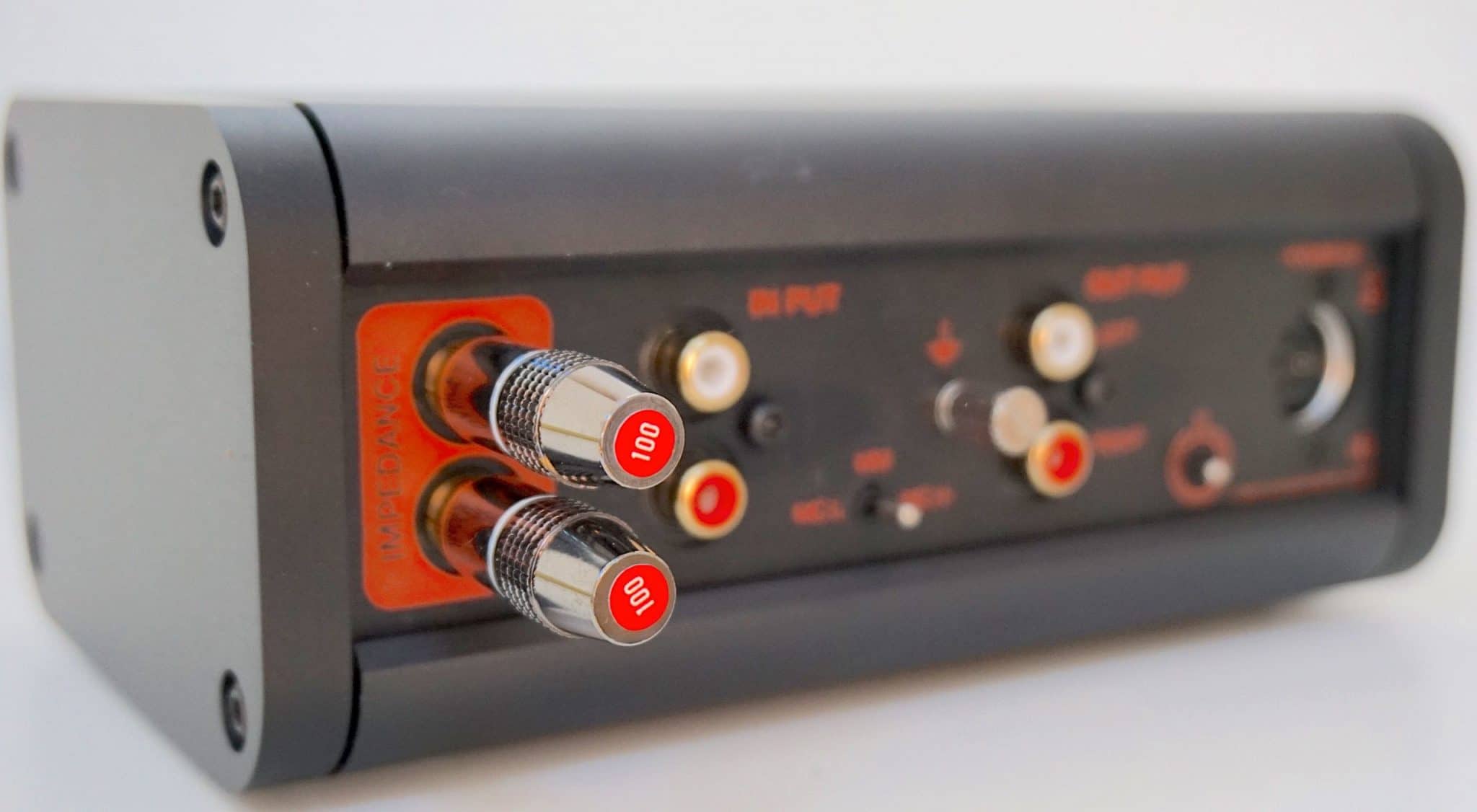
When you remove the noise from that same signal, the music appears relatively quiet. It isn’t, it’s just that the noise floor has lowered. You’re now hearing more music and less aggravation.
So, for example, over the years I have slowly lowered the noise floor on my high-end reference system which has meant that, to achieve the same volume that I’m used to, the gain on my pre-amp has risen steadily over the years. I remember listening to my pre-amp around 55 clicks gain. Now? I have my pre-amp set around 73. The steady noise reduction has allowed more detail and information to be accessed and I’ve been able to raise the gain to find it without my ears hurting because of noise. At 73 or so, volume sounds very comfortable indeed. If I removed all of my noise reduction techniques currently sitting on my hi-fi and listened to my hi-fi, at the setting of 73 I’d probably go temporarily deaf and suffer damage to my hearing because of the newly introduced, aggressive frequencies.
And the point of all of this?
As soon as the Profono entered my hi-fi chain I could hear the noise floor lower. Which enabled me to increase the gain again, which increased the quantity of information arriving at my ears and also meant that very shy detail was now elevated to a more important role in the mix. The result? A rich and complex soundstage with multiple layering of detail ranging from left to the right channel.
The midrange from the Profono was so smooth, it just glided across the soundstage without any effort at all. Let’s take the vocal harmonies first, after its the star of this particular show.
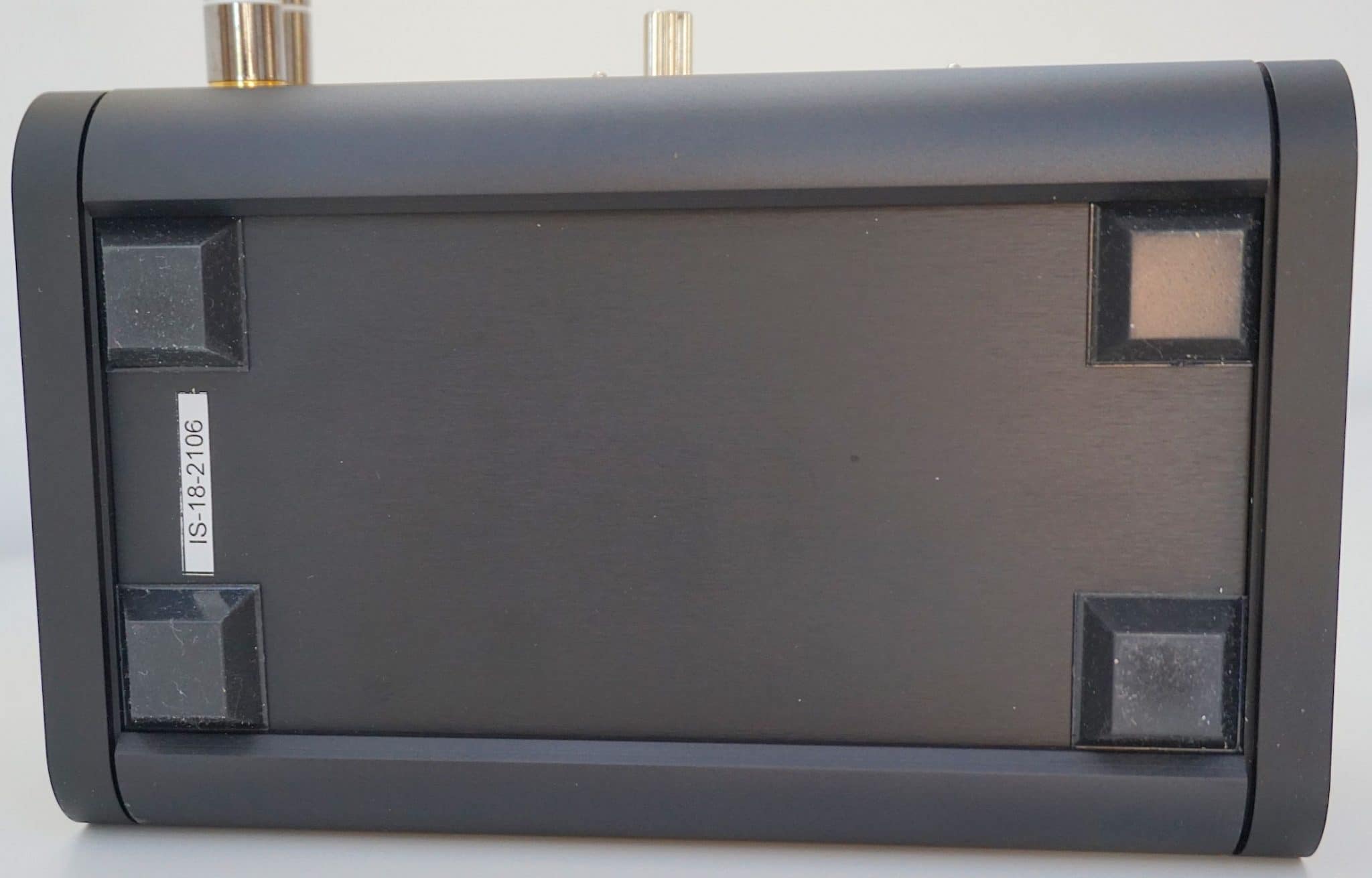
At this price point, it’s easy to find a phono amp that can add a little bit of midrange emphasis which gives you a slight embossing effect on the vocals which appears impressive initially but becomes wearing over time. The Profono avoided this tactic and, instead, offered a smooth and easy suite of detailed frequencies that were, if anything, more organic in their presentation. More, well, human with an array of textures from the vocal chords while easily tracking little vibratos here and there.
Bass from the percussion on the right channel had real character, naturalistic with a slightly warming bass. The latter wasn’t a false reading from the Profono, more a realistic interpretation from the 70s mastering from this pressing while the Doors-like organ was both clear and open. In and around that, the secondary cymbal taps were both accurate and precise.
What really hit me was the response from the glockenspiel on the left channel. Again, it’s not unusual to hear a a focused response from this instrument at this price point but what the Profono offered here was extra reverb, because there was now more space and air available for frequencies to move within. Hence, reverb tails were longer, with a fragile element adding a delightful element.
I then turned to rock and the rather baroque, electro-goth outing from Andreas Gross and the LP, Borderline Poetry.
This high energy piece was notable again for it’s complexity because there was enough air and space available in between instruments and individual frequencies. It’s a bit like looking at a rope and then watching someone tease apart the dozens of strands. That same rope suddenly looks busy and quite intricate with its many elements. That’s what the Profono brought to music. It’s ability to provide insight to the midrange meant that musical elements where there to hear and focus upon, if you wanted to go that far. Of course, you could just zone out and let the whole experience wash over you but the busy detail was always there, on tap, if required.
So a tambourine sitting behind an epic electric guitar could easily be heard and tracked by the ear, despite the guitar dominating the soundstage. Similarly, the percussion never swamped the fragile synth runs lying to the rear of the mix.
CONCLUSION
A compact unit, solid, well made with a purposeful design ethic, the Blue Horizon Profono is easy to install and use while providing a low noise, high detail, high clarity output. The Profono never fights the music, it never gets in the way. Instead, it gently encourages the signal from the cartridge, amplifies it with care and attention and provides a naturalistic, balanced signal. This is an excellent phono amplifier. Anyone who lets it loose of their hi-fi is guaranteed a fine ol’time.
BLUE HORIZON PROFONO PHONO AMPLIFIER
Price: £995
Tel: 01279 647 039
Website: pulsecinemas.com
GOOD: loading options, low noise design, build quality, midrange insight, naturalistic bass
BAD: nothing
RATING: 8
[Don’t forget to check out my new Patreon Page at www.patreon.com/audiophileman, for exclusive postings, giveaways and more!]
REFERENCE
Tellurium Q cabling
Blue Horizon Professional Rack System
Harmonic Resolution Systems Noise Reduction Components
All vinyl was cleaned using an Audio Desk’s Ultrasonic Pro Vinyl Cleaner

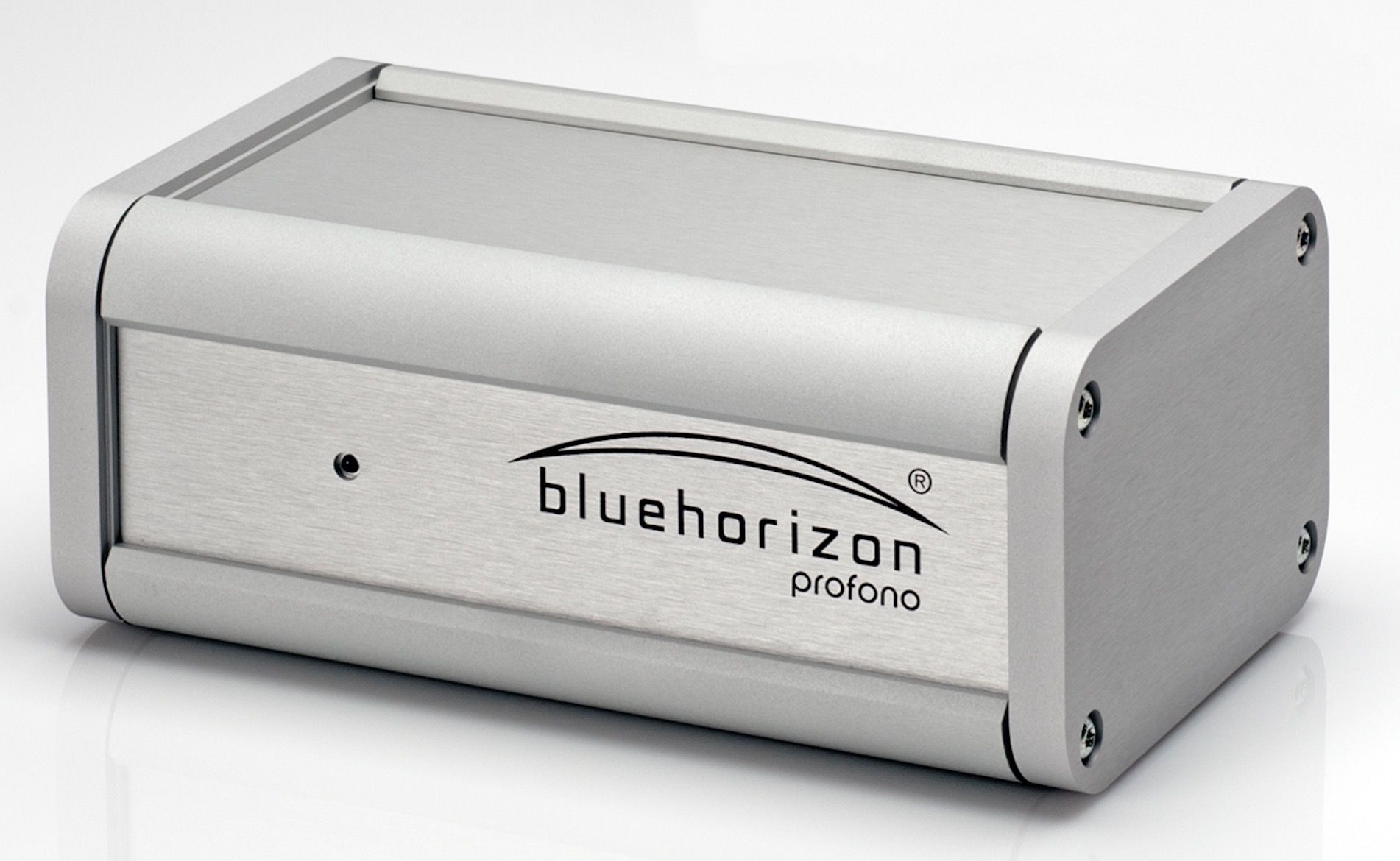
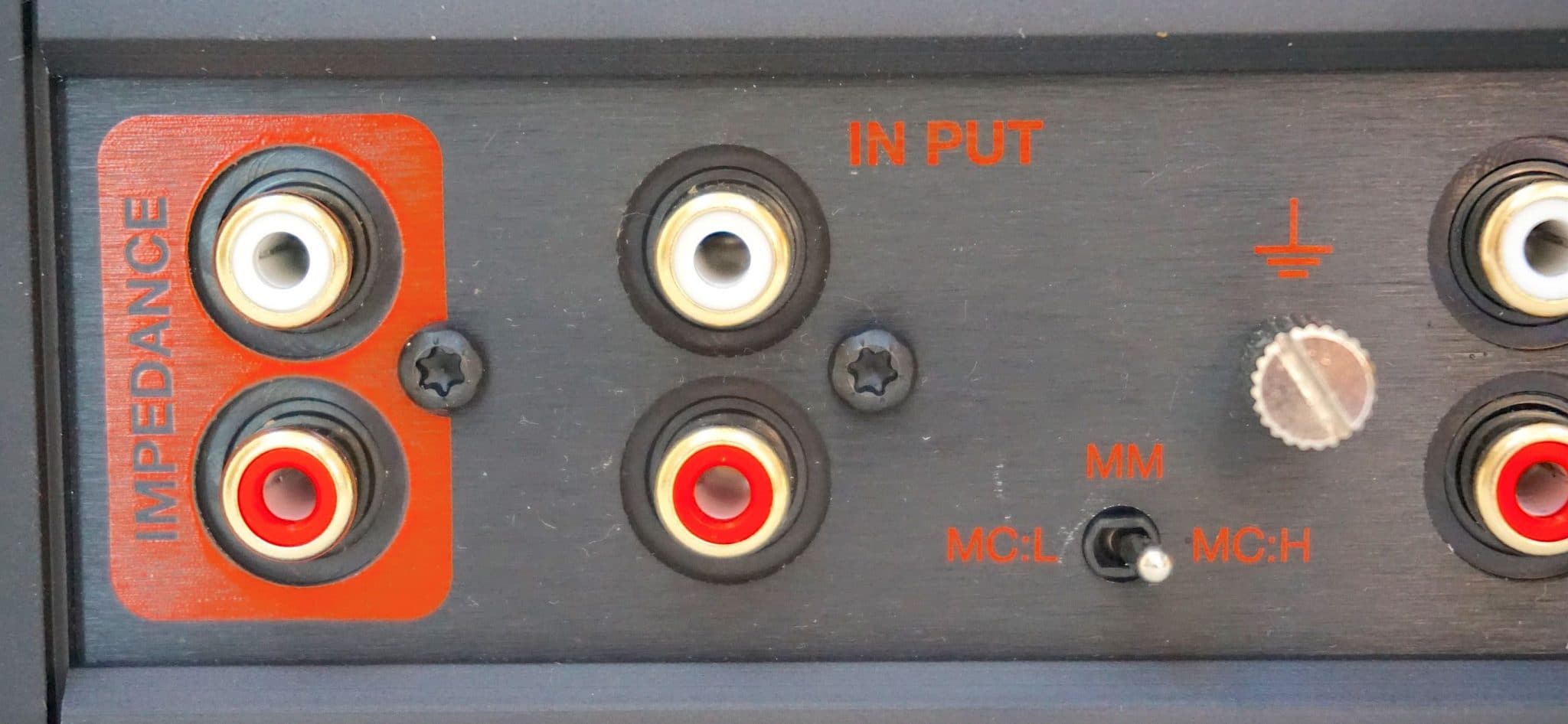
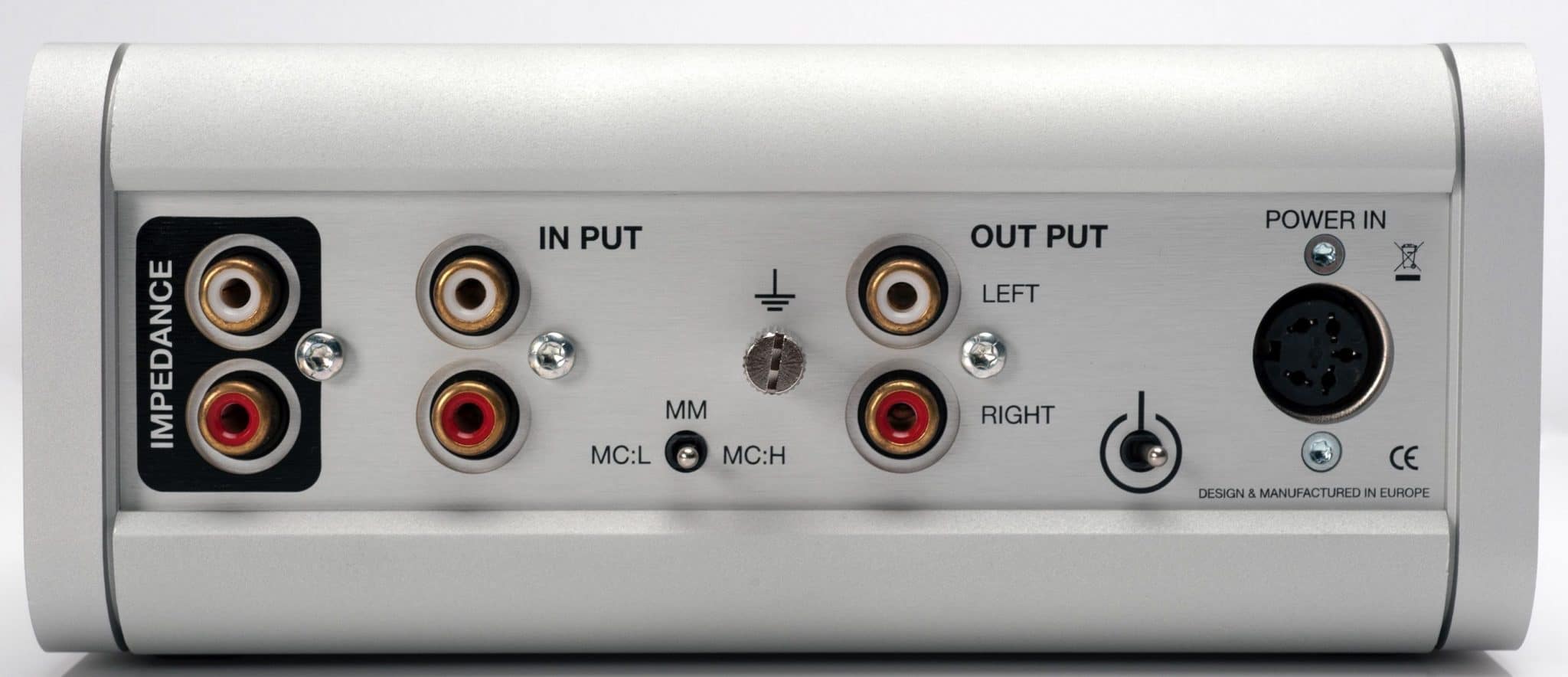
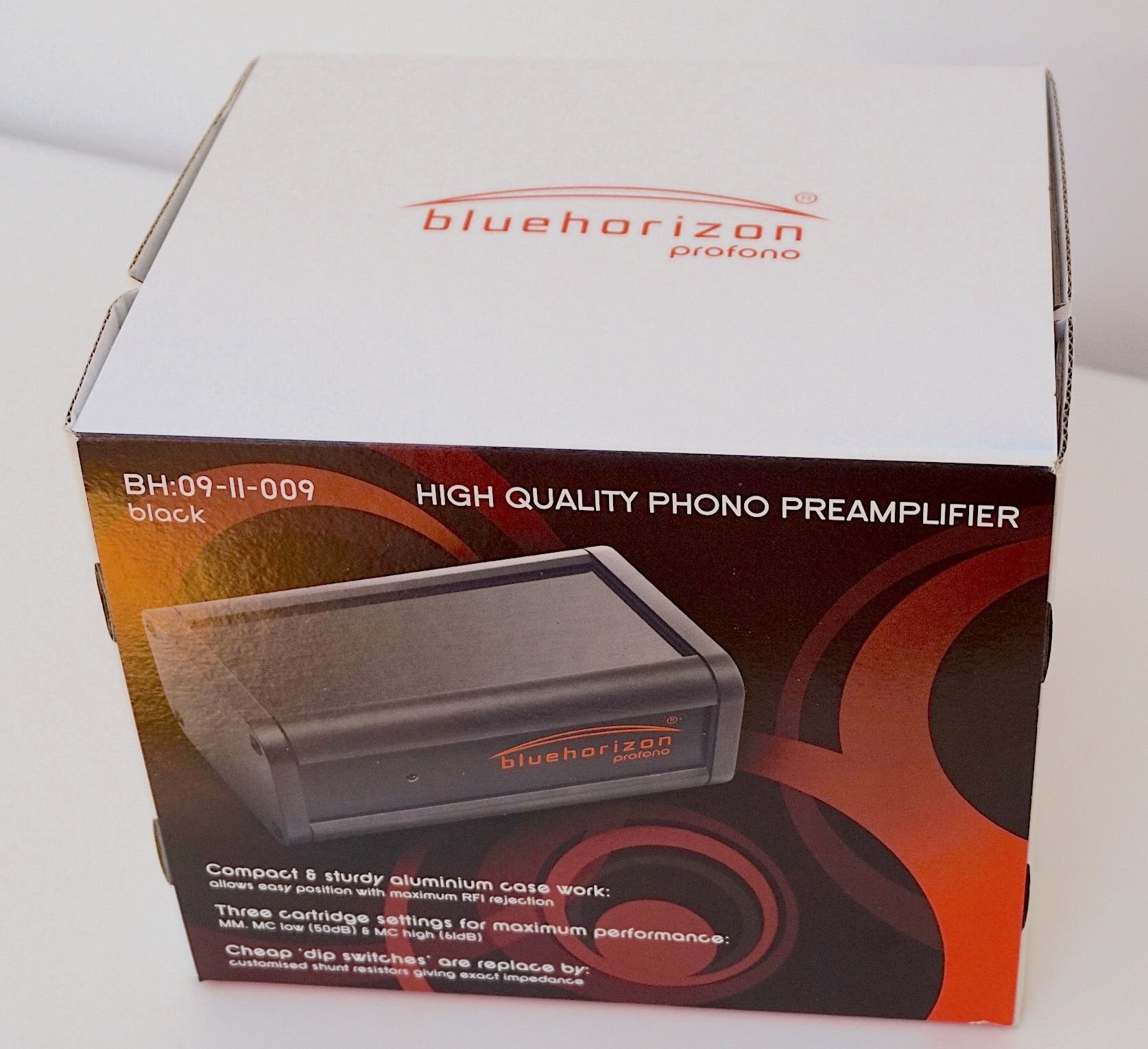
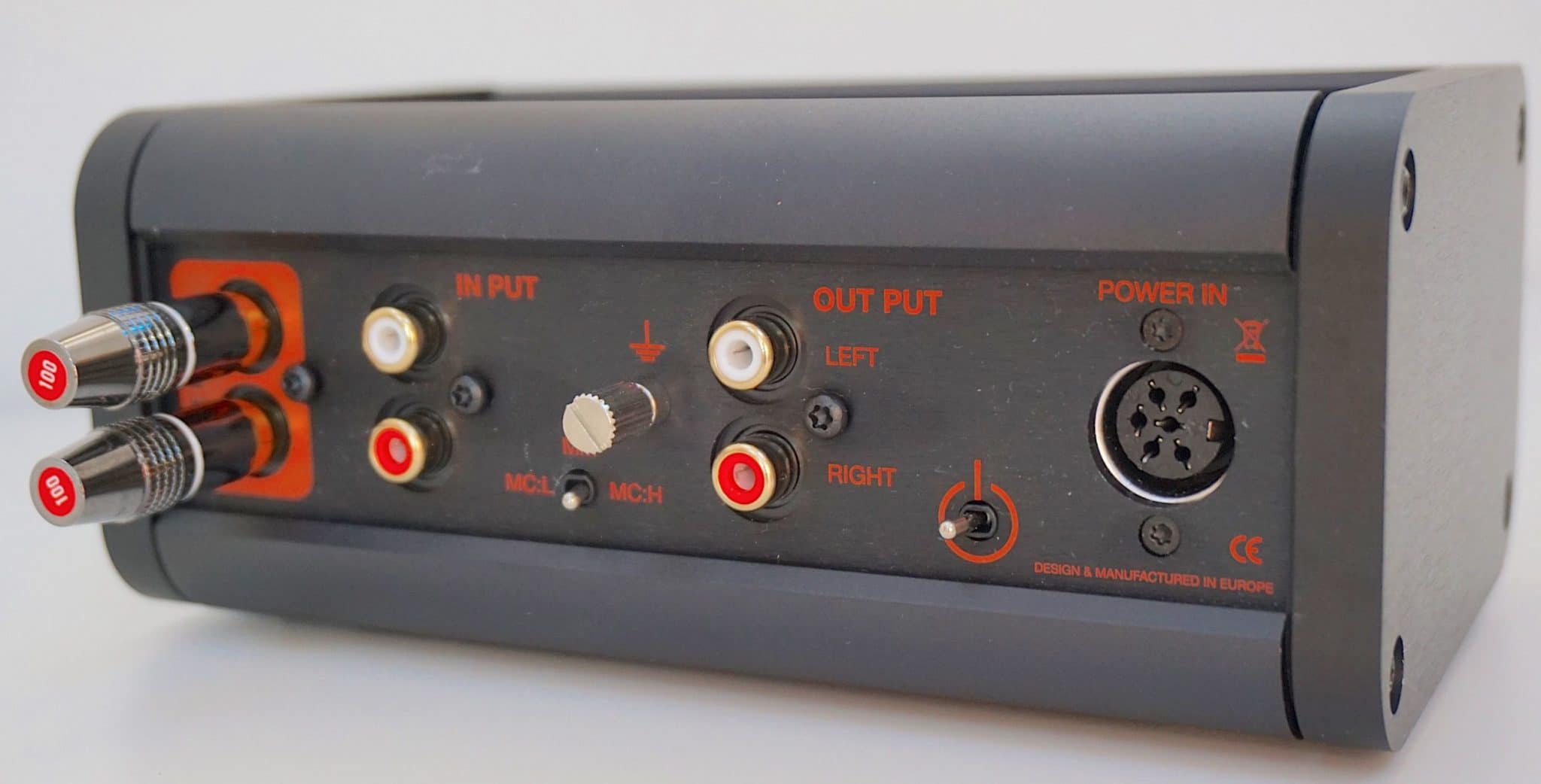
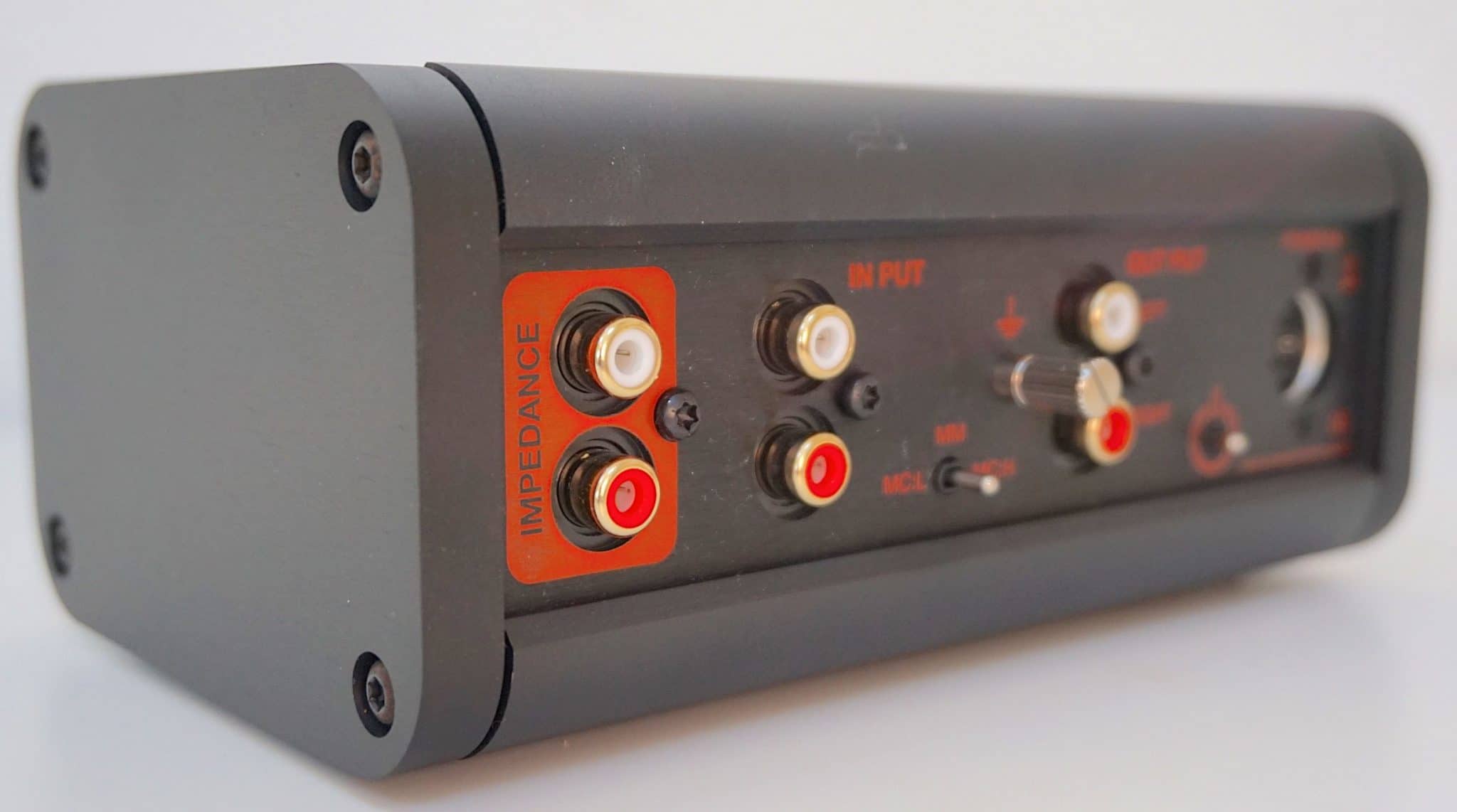
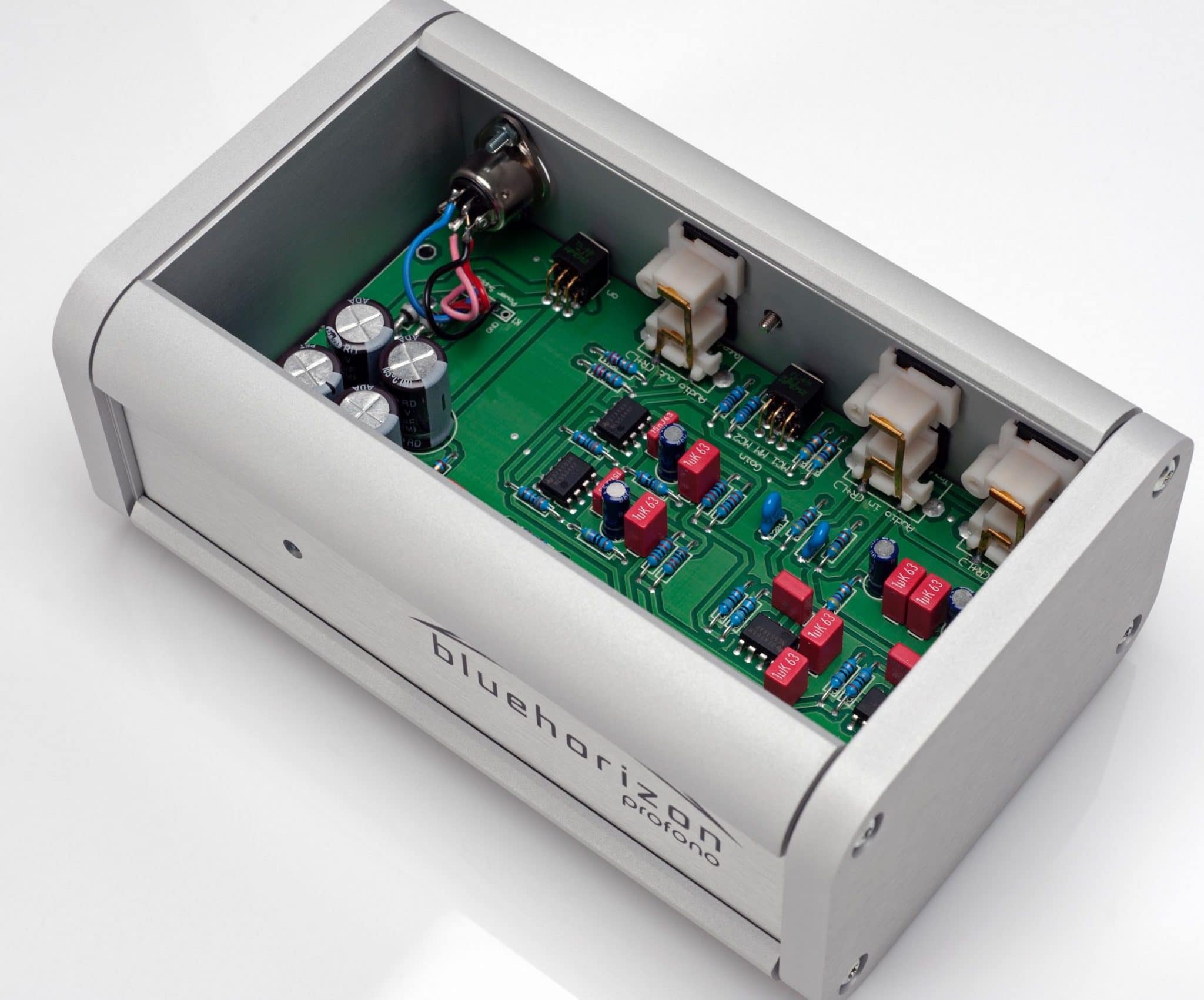



A great review and i don’t even have a turntable these days.
Best regards
Geoff
Thank you, Geoff 🙂
Hi Paul
Thanks for a nice review. The Profono sounds like a bit of a bargain. How does the MM magnet performance of the Profono compare to the Graham Slee Accession MM phono stage?
Stay well.
Kind regards
Tim
Hi Timothy – I wasn’t able to do a direct A-B comparison with the Slee unit I’m afraid. That said, I have listened to a fair few MM phono amps in the past and the Blue Horizon stood up to those with no problems.
Excellent review! I’m an engineering tech by trade seldom get much useful (objective) information from most hi fi reviews. Over the top with subjective blather, non-sense; no meaningful data. So this is refreshing – this may be what I’m looking for – a clean, clear performer without added artifacts, “bloom” etc. Hi Fi. Thanks. Mike
That’s very kind of you, thank you.